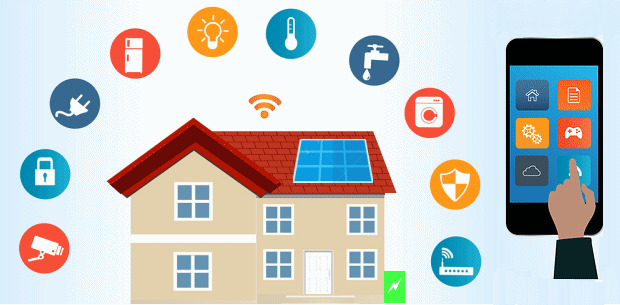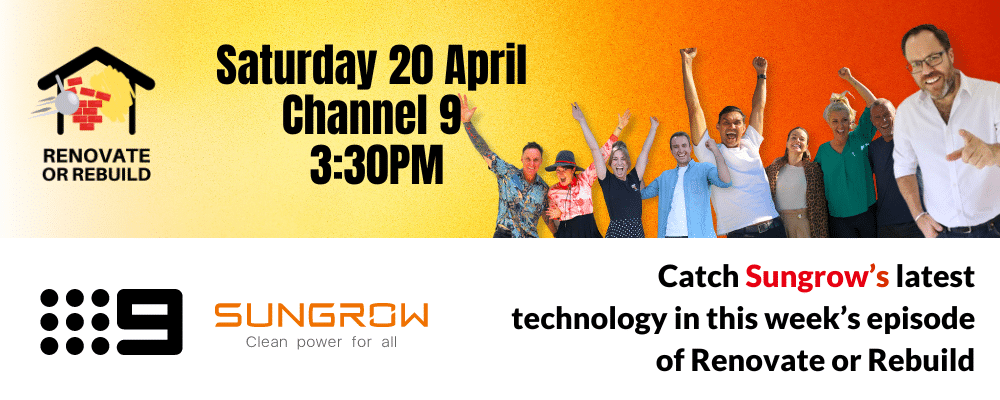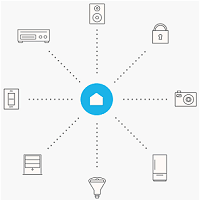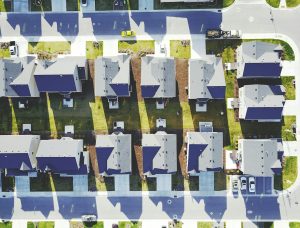Connected smart home solutions such as energy management and security systems are still in the early adopter phase according to a survey carried out by Gartner, Inc.
The survey of close to 10,000 respondents in the U.S., the U.K. and Australia by Gartner during the second half of last year indicated approximately 10 percent of households currently have connected home solutions.
It’s no surprise adoption rates of connected smart home devices were significantly higher in the USA according to the survey, where such devices were marketed first.
To get past this early adopter stage, communication of benefits will be as critical as the functionality of the systems themselves.
“Messaging needs to be focused on the real value proposition that the complete connected home ecosystem provides, encompassing devices, service and experience,” said Gartner research direct Jessica Ekholm. “The emphasis needs to be on how the connected home can helps solve daily tasks rather than just being a novelty collection of devices and apps.”

Some of the major categories of connected device type owned by Gartner survey respondents:
- Home security alarm systems : 18 percent
- Home monitoring: 11 percent
- Home automation or energy management : 9 percent
- Health and wellness management : 11 percent
One of the challenges of smart home technology is the equivalent of what’s seen in many households today – a plethora of remote control devices to manage various items. The same could occur with the smart home revolution, but with a multitude of apps taking place of physical control devices.
An important point to emerge from the Gartner survey was the respondents’ desire for “one app to rule them all”, with 55% indicating a preference of one app integrating connected home devices and services.
Back in 2014, Gartner stated a typical family home could contain more hundreds of smart devices by 2022.
“”We expect that a very wide range of domestic equipment will become ‘smart’ in the sense of gaining some level of sensing and intelligence combined with the ability to communicate, usually wirelessly,” said Gartner’s Nick Jones at the time.
The company expected the cost of enabling a device to join the Internet of Things (IoT) will approach USD $1 in the long term.
The number of households in Australia that are living in what could be classified as “smart homes” could in fact be much higher than Gartner’s US/UK/AU average connected homes figure – it just depends on definition.
Another recent survey indicates one in four Australian houses were using what’s considered as smart home technology.
Furthermore, that survey indicated 29% of households polled had solar panels – and many solar power systems have online monitoring features, making them a “thing” in the Internet of Things. Rapid advances in energy storage technology over the past year should also see 2017 heralding the rise of the solar and battery powered smart home.







































